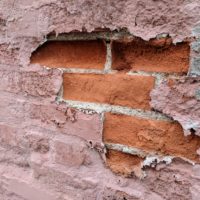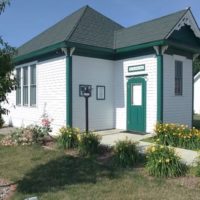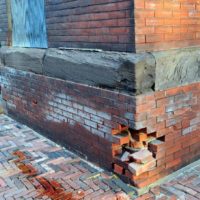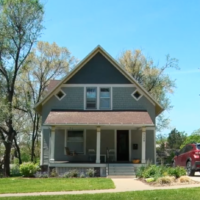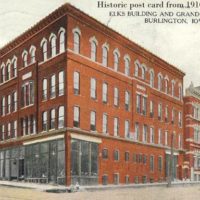Posted by CC on November 14th, 2009 9:38 am
A former Iowa governor’s home and one of Des Moines’ last remaining railroad depots have been named to the Des Moines Rehabber’s Club “Seven Most Endangered Buildings” for 2009.
Over the period of about a month, the DMRC received nominations from the public for buildings, homes or structures within the City of Des Moines deemed to be in danger of demolition or neglect. With nearly 800 votes cast, the public made the final decision on which buildings would make the list. The results will help raise awareness of endangered structures in Des Moines and promote opportunities for rehabilitating them.
The following have been selected as the 2009 “Des Moines Seven Most Endangered Buildings” (in no particular order). Visit http://RenovateDSM.com/ to see photos of each building and read more about them!
- Drake Neighborhood Victorian, 1075 26th Street. This 1889 home had been converted into multiple small apartments, and the new owners gutted it in preparation for conversion back to single family.
- East Side Union Railroad Depot, 120 E. 5th. The structure is one of two known passenger depots still standing in Des Moines and the only one on the east side.
- Former Governor Jackson Mansion, 1618 Oakland. Frank Jackson and his family lived here prior to and during his term as governor (1894-1896).
- Fairground Hardware, 2951 E. Walnut St. While this building isn’t as physically in danger as many of the other nominations, this particular nomination highlights the fragile condition of the neighborhood hardware store that is critical to both homeowners and urban rehabbers.
- Former North Des Moines Town Hall, 1601 6th Ave. Built between 1888 and 1889, the building is significant in the Annexation Movement in Des Moines and its suburbs in the late 19th century, and it is the only known public building surviving this critical period.
- Double House, 4018-4020 Ingersoll Ave. Built in 1909, this structure was one of several double houses identified in the City of Des Moines’ “Community Preservation Plan” (1994-1995). Both units of the double house are currently vacant.
- Row House, 709 E. Locust. This 1894 building may be the oldest surviving row house in Polk County, though recent research suggests that the building next to it is actually a year older.
To find out more, go to: RenovateDSM.com


